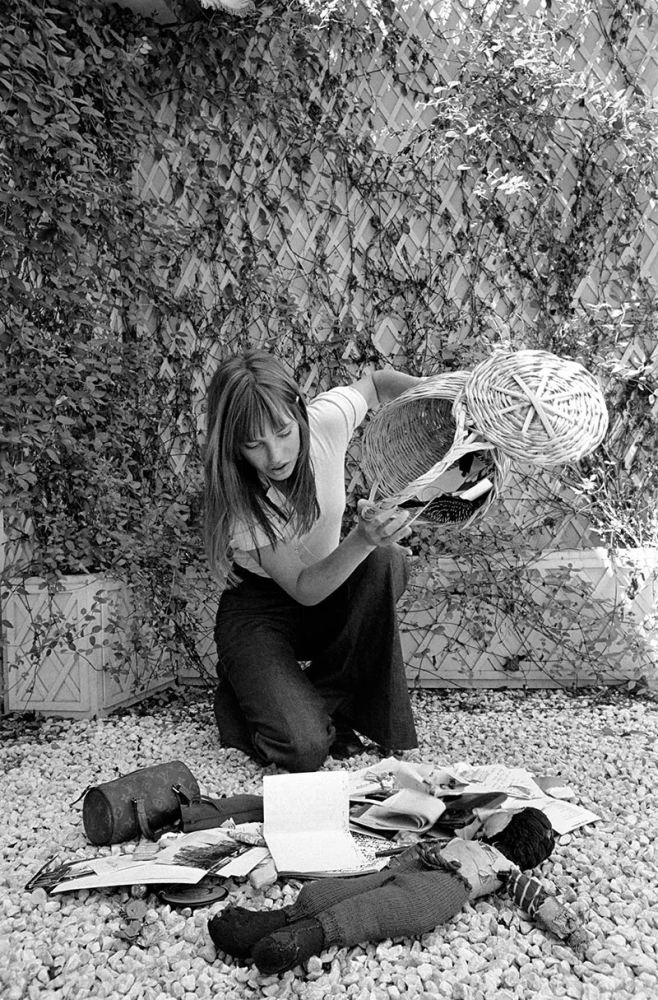Summer sale discount off 50%! Shop Now
Currency
The Story of the Birkin: From Jane Birkin's Request to Global Icon
- Home
- ReplicaX Blog | Style Guides and Insider Secrets
- The Story of the Birkin: From Jane Birkin's Request to Global Icon
The Story of the Birkin: From Jane Birkin's Request to Global Icon
Sep 25, 2025
By
Sophia Whitmore
0 comment(s)
Introduction
In fashion, trends come and go with the seasons. What feels essential one year may be passé the next. But some creations rise above these cycles to become cultural landmarks. The Hermès Birkin bag is one such creation.
It is not merely a handbag. It is shorthand for wealth, access, and craftsmanship. It has been praised as an investment vehicle, critiqued as a symbol of elitism, immortalized in television scripts, and coveted by celebrities and collectors alike. Yet its beginnings were not deliberate marketing or strategic branding—they were the result of a chance meeting on a transatlantic flight.
To understand the Birkin’s enduring power, it’s worth going back to that serendipitous moment in the early 1980s, tracing how a simple request turned into a fashion revolution.
The Accidental Beginning: Jane Birkin and Jean-Louis Dumas
The year was 1983. Jane Birkin—an English actress, singer, and international style icon—boarded an Air France flight from Paris to London. Known for her laid-back elegance, Birkin was rarely seen without her wicker basket, which she used in place of a handbag. Practical in theory, the basket was a disaster in practice: it spilled easily, lacked compartments, and was ill-suited for the demands of her lifestyle.
Seated beside her was Jean-Louis Dumas, the newly appointed executive chairman of Hermès. During the flight, Birkin’s basket tipped over, scattering her possessions onto the floor. Exasperated, she vented that she had never found a leather bag that was both stylish and practical.
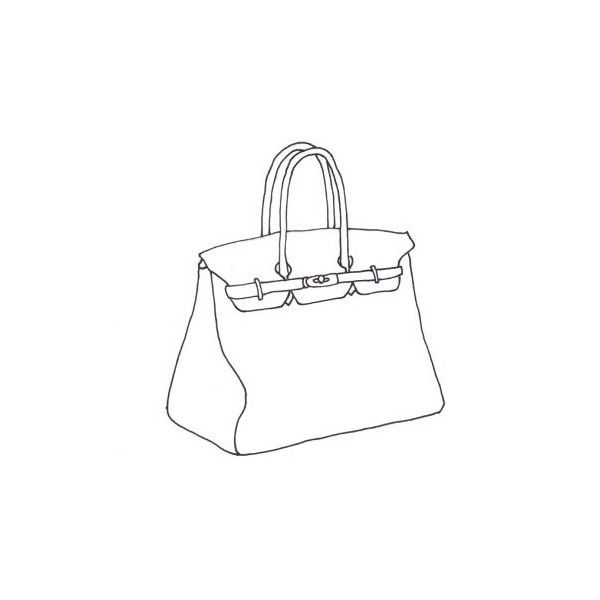
Rather than nodding politely, Dumas leaned in. He asked what she would want in the perfect bag. Birkin described something roomy enough to hold all her essentials—baby bottles for her daughter Lou, scripts, and everyday items—without sacrificing elegance. Dumas listened intently and began sketching ideas on the back of an airplane sickness bag.
This impromptu design session—one part frustration, one part creativity—marked the beginning of the Hermès Birkin.
The Birth of the Hermès Birkin Bag
By 1984, Hermès artisans translated those sketches into reality. The result was unlike anything else in the market at the time: a structured yet spacious leather bag that balanced luxury with utility.
The Birkin combined several signature Hermès traits:
- Exquisite leatherwork – sourced from the finest tanneries in France and beyond.
- Hand-stitching – employing the brand’s signature saddle stitch, known for durability.
- Secure closure – a flap with a lock and key, balancing elegance with function.
- Subtle hardware – finished in palladium or gold for understated refinement.
Unlike the house’s more formal Kelly bag—famous after Grace Kelly carried it to shield her pregnancy from paparazzi—the Birkin was designed for everyday use. It was chic but casual, structured yet accommodating. In essence, it reflected Jane Birkin herself: effortlessly stylish, slightly bohemian, and unfussy.
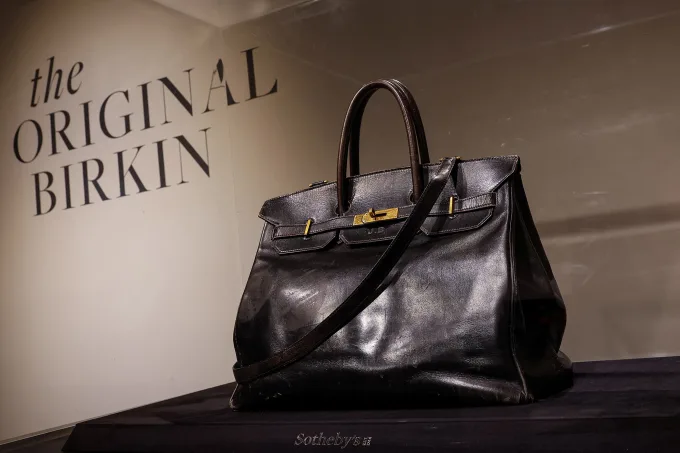
Early Years: Quiet Luxury Before Fame
When the Birkin was first released, it was not an overnight sensation. In the 1980s, Hermès was still best known for its silk scarves, equestrian goods, and the Kelly bag. The Birkin, though innovative, quietly joined the lineup rather than overshadowing it.
Among insiders, however, its appeal was immediate. Socialites in Paris, New York, and London gravitated toward the Birkin as a more relaxed alternative to the Kelly. The bag began appearing at exclusive luncheons and charity events, carried by women whose lifestyles matched its blend of practicality and prestige.
This early phase established an important pattern: the Birkin wasn’t marketed to the masses. It spread through whispers, insider circles, and word of mouth. And Hermès was in no rush to amplify demand. The house’s refusal to display Birkins in shop windows or flood boutiques with inventory created an aura of mystery—an aura that would only grow.
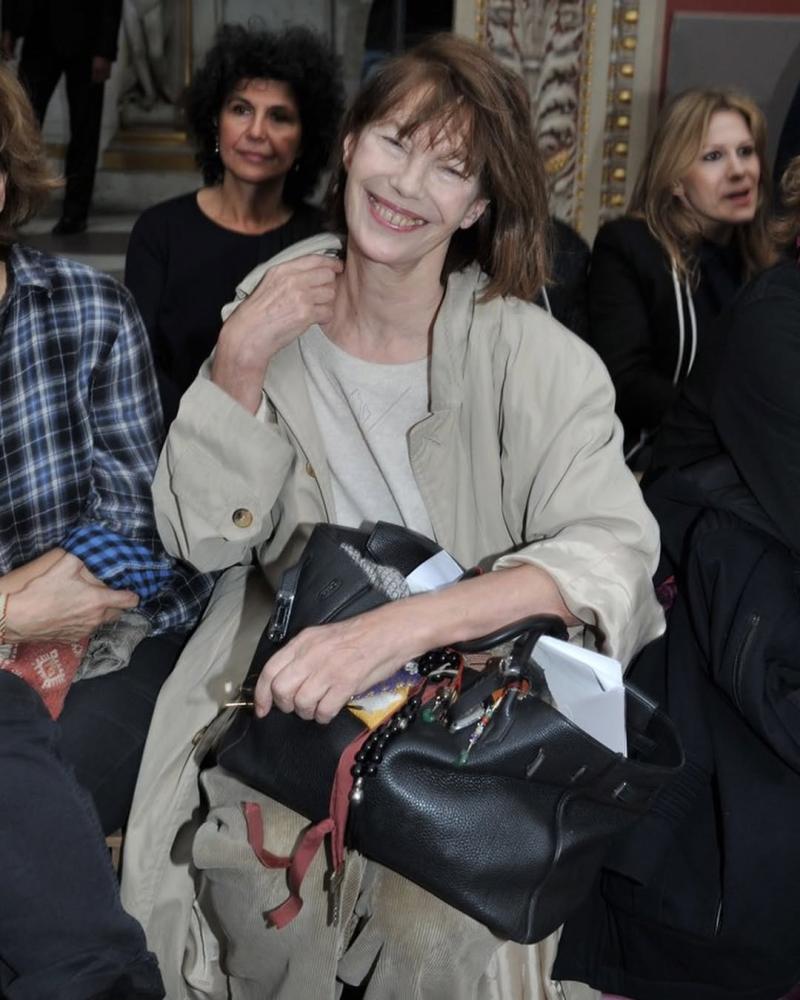
The Rise of the Birkin as a Status Symbol
By the late 1990s and early 2000s, the cultural landscape had shifted. Luxury was becoming more visible, more performative. Celebrities weren’t just wearing fashion; they were defining it. In this new world, the Birkin found its spotlight.
One turning point came in 2001 with Sex and the City. In a now-famous scene, Samantha Jones tries to skip the waitlist for a Birkin by pretending it’s for Lucy Liu. The punchline was clear: the bag was so exclusive, even celebrities had to wait. That moment transformed the Birkin from fashion insider’s treasure to mainstream cultural symbol.
From there, celebrities fueled the bag’s legend. Victoria Beckham was rumored to own a hundred Birkins in every imaginable color and skin. Kim Kardashian and Kris Jenner showcased their collections on reality television. Cardi B and Drake referenced Birkins in their music, further embedding them into pop culture.
Meanwhile, Hermès played the long game. It never flooded the market. The brand maintained strict production limits and curated distribution, ensuring scarcity drove desire. Waitlists stretching for years became part of the story. The harder the bag was to obtain, the more people wanted it.
The Craftsmanship: Why the Birkin Is Different
The Birkin’s mystique is not only about scarcity—it’s also about craftsmanship. Unlike mass-produced luxury items, each Birkin is handmade by a single artisan in a Hermès workshop. Depending on size and material, the process can take between 18 and 40 hours.
Materials
- Everyday leathers: Togo, Epsom, and Clemence offer durability and texture.
- Exotics: Crocodile, ostrich, and alligator versions are considered grail items. The Himalaya crocodile Birkin, with its gradient white-to-gray finish, is among the rarest.
- Hardware: Most Birkins feature palladium or gold, but some rare editions include diamond-encrusted locks and clasps.
Techniques
- The saddle stitch: Impossible to replicate by machine, it uses two needles passing through the same hole in opposite directions. If one thread breaks, the seam holds.
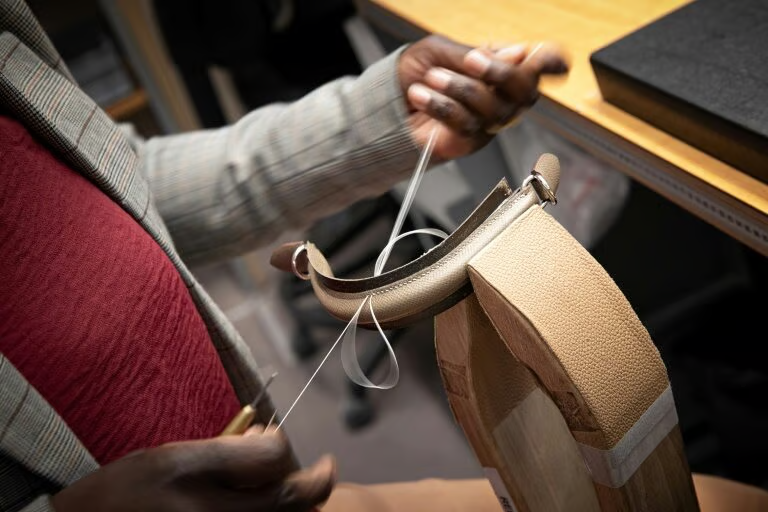
- Hand-finishing: From edge-painting to hardware polishing, every detail is perfected by hand.
- Artisan dedication: Craftsmen undergo years of training before they are entrusted to make a Birkin.
This meticulous approach explains why Birkins endure for decades, often becoming heirlooms passed down through families.
Price Evolution: From Purchase to Portfolio Asset
When first introduced, a Birkin cost around $2,000—a steep price in the 1980s but modest compared to today. As of 2025, the entry price hovers around $12,000, but special editions and exotics can command six figures.
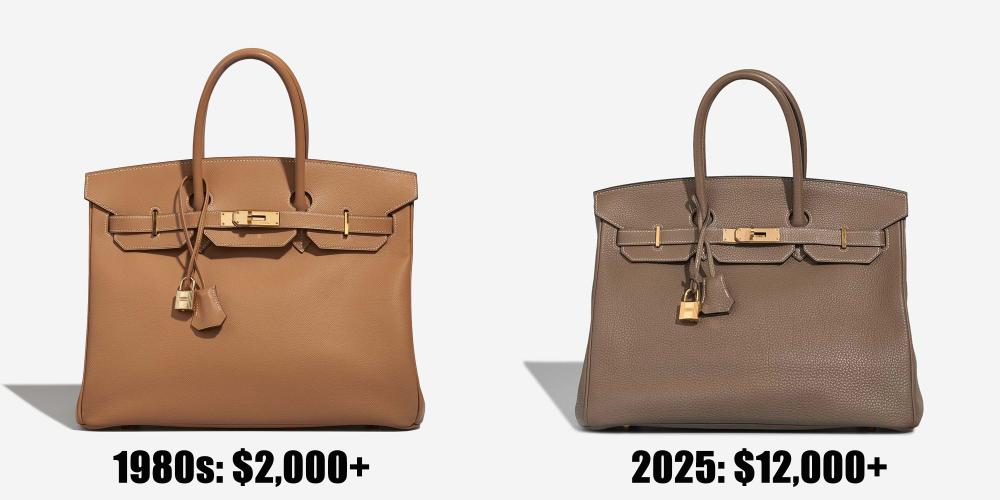
Auction Highlights
- In 2017, a Himalaya Birkin with diamond hardware sold at Christie’s in Hong Kong for $380,000.
- In 2019, another Himalaya set a record at nearly $500,000.
- Today, collectors compete fiercely at auction houses like Sotheby’s, where rare Birkins routinely outperform expectations.
Investment Value
A 2016 study famously declared Birkins had outperformed gold and the S&P 500 in value appreciation. This revelation reframed the Birkin from indulgent purchase to financial asset. Collectors now treat them as portable wealth—luxury items that not only retain but grow in value.
The Birkin in Pop Culture and Media
The Birkin’s status is reinforced every time it appears in popular culture.
- Television: From Sex and the City to Gossip Girl and Keeping Up With the Kardashians, the bag consistently signals status.
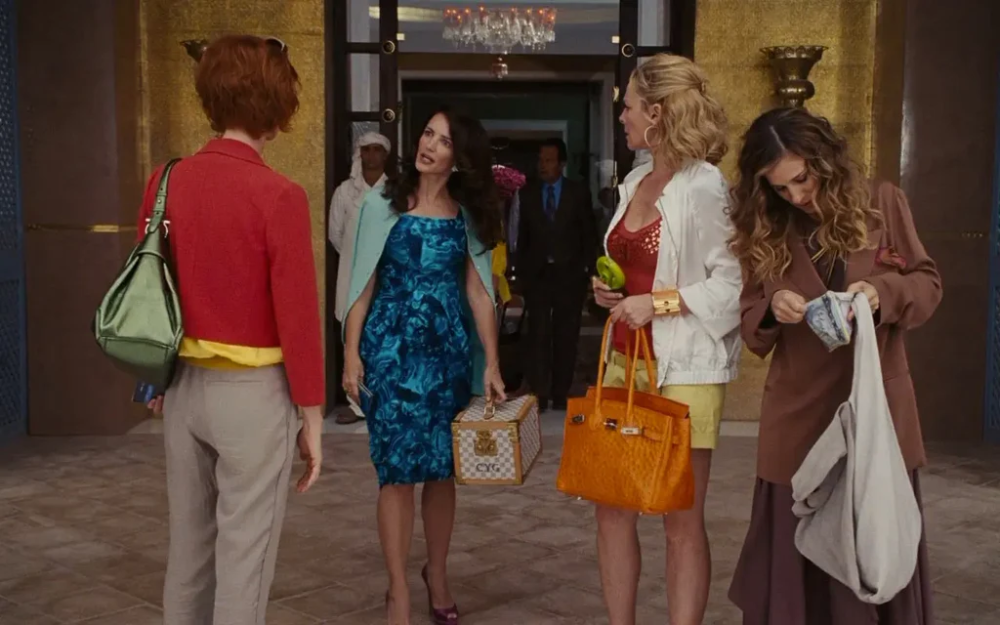
- Music: In hip-hop, the Birkin has become lyrical shorthand for success. Jay-Z, Cardi B, and Drake all reference it as the pinnacle of luxury.
- Art and Museums: Artists like Damien Hirst have reimagined Birkins as canvases, while fashion exhibitions worldwide treat them as cultural artifacts.
This constant presence ensures the Birkin never fades from public imagination—it is continuously rediscovered by new generations.
Criticisms and Controversies
For all its prestige, the Birkin is not without criticism.
- Animal rights: PETA has repeatedly condemned Hermès for its use of exotic skins, even releasing undercover videos from farms supplying crocodile leather.
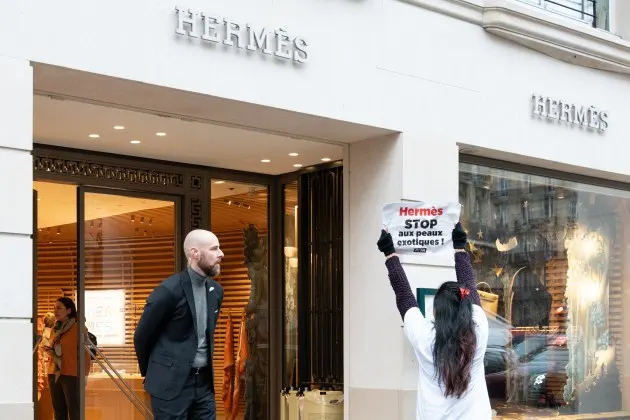
- Scarcity frustration: Buyers often complain about opaque waitlist systems and favoritism in Hermès boutiques. Some argue the brand deliberately manipulates supply to inflate demand.
- Excess and elitism: To critics, the Birkin epitomizes unnecessary extravagance—a single bag costing more than the average salary.
These critiques fuel debate but rarely diminish demand. In many ways, the controversies amplify the bag’s cultural visibility.
The Birkin Today: Still Untouchable
Four decades after its creation, the Birkin remains unrivaled. Other luxury brands—Chanel with its Classic Flap, Louis Vuitton with its Capucines—have iconic bags, but none carry the same mythology.
The Birkin’s genius lies in its paradox: it is at once practical and unattainable, understated and extravagant, timeless yet forever relevant. Its design has barely changed since 1984, yet it continues to command waiting lists, headlines, and record-breaking auction prices.
In 2025, the Birkin is more than a bag. It is a cultural barometer, measuring not only fashion trends but also society’s relationship with wealth, exclusivity, and identity.
Conclusion
The story of the Birkin is a rare blend of accident, artistry, and allure. What began as Jane Birkin’s casual frustration on a flight evolved into a global phenomenon that redefined what a handbag could mean.
Its enduring power lies in the way it bridges contradictions. It is both practical and symbolic, accessible in design but elusive in acquisition, timeless yet continuously relevant. To own a Birkin is not merely to carry a handbag—it is to hold a piece of living history.
For more on the Exotic Skins, see this detailed guide.
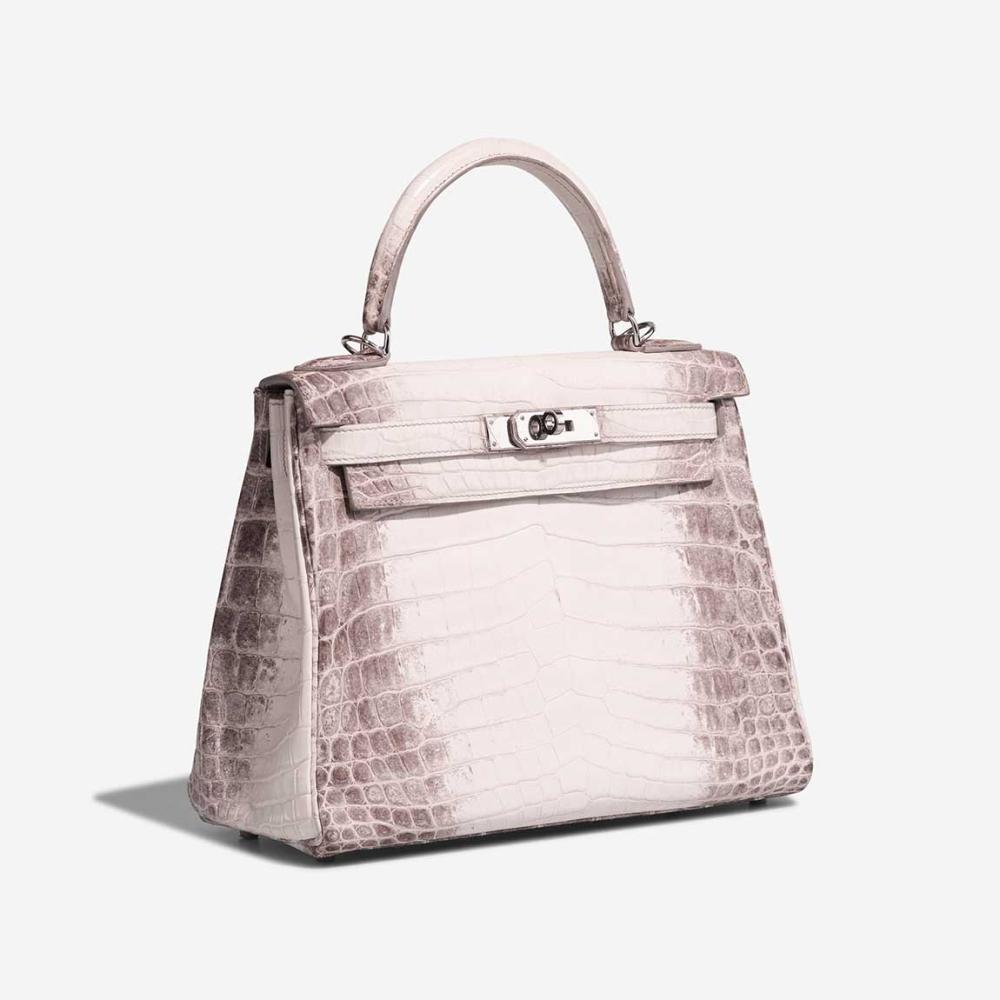
Recent Posts
